Motorcycle electric motorcycles are two-wheeled vehicles powered entirely by electric motors instead of traditional internal combustion engines. They offer instant torque, quiet operation, zero emissions, and lower maintenance, making them increasingly popular for urban commuting, touring, and off-road adventures. Advances in battery technology and motor efficiency in 2025 have expanded their range, speed, and versatility, challenging conventional motorcycles.
What Are the Key Features of Motorcycle Electric Motorcycles in 2025?
Motorcycle electric motorcycles in 2025 feature powerful brushless motors ranging from 10 kW to over 25 kW, lithium-ion batteries with capacities up to 21.5 kWh, and advanced electronics for ride mode customization and regenerative braking. They achieve top speeds from 60 mph to over 150 mph, with ranges between 60 and 260 miles depending on model and riding conditions. Lightweight frames and aerodynamic designs enhance performance and handling.
Motorcycle Electric Motorcycles Key Specs Chart
| Feature |
Specification Range |
Benefit |
| Motor Power |
10 kW – 25+ kW |
Instant torque, high performance |
| Battery Capacity |
10 kWh – 21.5 kWh |
Long range, fast charging |
| Top Speed |
60 mph – 150+ mph |
Competitive with gas bikes |
| Range |
60 – 260 miles |
Extended riding without recharge |
| Weight |
200 – 300 kg |
Balanced for agility and stability |
How Do Motorcycle Electric Motorcycles Compare to Gasoline Motorcycles?
Electric motorcycles deliver instant torque, providing rapid acceleration from a standstill, often outperforming gasoline counterparts in 0-60 mph times. They operate silently, reducing noise pollution, and require less maintenance—no oil changes or complex engine tuning. However, they depend on battery range and charging infrastructure, which is improving rapidly but still a consideration for long-distance riders.
Which Models Represent the Best Motorcycle Electric Motorcycles in 2025?
Top motorcycle electric motorcycles include premium models such as the Zero SR/F, Energica Ego, and Harley-Davidson LiveWire One. These bikes combine high power, long range, and advanced tech features like customizable ride modes, ABS, and connectivity. Mid-range options offer excellent value with solid performance, while entry-level models focus on urban commuting and ease of use.
Comparison of Leading Motorcycle Electric Motorcycles in 2025
| Model |
Top Speed |
Range (miles) |
Battery (kWh) |
Price Range |
Best For |
| Zero SR/F |
124 mph |
176 |
17.3 |
$20,000+ |
Performance street riding |
| Energica Ego |
150 mph |
261 |
21.5 |
$33,000+ |
Sportbike enthusiasts |
| Harley-Davidson LiveWire One |
110 mph |
150 |
15.5 |
$28,000+ |
Urban and touring riders |
| Stark Varg EX |
80 mph |
100 |
14 |
Mid-range |
Versatile all-rounder |
| MotoTec Pro |
40 mph |
25 |
3 |
Budget-friendly |
Beginners and commuters |
What Are the Advantages and Challenges of Motorcycle Electric Motorcycles?
Advantages include zero tailpipe emissions, reduced noise, instant torque, and lower operating costs. They also offer innovative features like regenerative braking and smartphone integration. Challenges include battery weight, charging time, and range anxiety for long trips. However, rapid improvements in battery tech and expanding fast-charging networks are mitigating these concerns.
How Do Battery and Charging Technologies Impact Motorcycle Electric Motorcycles?
Battery technology dictates range and performance. Lithium-ion batteries dominate, with some models incorporating graphene or solid-state tech for faster charging and higher energy density. Charging times vary from 40 minutes with DC fast chargers to several hours on standard outlets. Portable battery swap systems and improved thermal management enhance usability and safety.
What Safety and Maintenance Considerations Are Unique to Motorcycle Electric Motorcycles?
Electric motorcycles require less routine maintenance—no oil changes or spark plugs—but battery health monitoring is critical. Safety features such as ABS, traction control, and advanced rider assistance systems are increasingly standard. Riders should also consider protective gear suited for the silent operation of electric motorcycles to stay visible and alert.
Buying Tips
When buying motorcycle electric motorcycles, assess your riding needs—commuting, sport, touring, or off-road—and match the bike’s power, range, and features accordingly. Prioritize models with reliable battery warranties and access to charging infrastructure. Consider weight and ergonomics for comfort and control. Evaluate after-sales support and potential for software updates that enhance performance and safety.
Purchasing Advice
Purchasing motorcycle electric motorcycles requires balancing power, range, and budget. Brands like HOVSCO emphasize safety, innovation, and rider experience, making them excellent choices. Look for models offering fast charging, customizable ride modes, and robust warranties. Factor in accessories such as helmets, gloves, and charging equipment. Ensure compatibility with your local charging network for seamless use.
HOVSCO Expert Views
“HOVSCO is at the forefront of electric motorcycle innovation, blending cutting-edge battery technology with rider-centric design. Their focus on lightweight frames, powerful motors, and intuitive controls helps redefine what motorcycle electric motorcycles can achieve. As the industry evolves, HOVSCO’s commitment to safety and sustainability positions them as leaders in the electric mobility revolution.” – HOVSCO Engineering Team
FAQ
Q: Are motorcycle electric motorcycles suitable for long-distance touring?
A: Yes, especially models with large battery capacities and fast-charging capabilities designed for extended range.
Q: How long does it take to charge an electric motorcycle?
A: Charging times vary from 40 minutes with fast chargers to several hours on standard outlets.
Q: Do electric motorcycles require less maintenance than gas motorcycles?
A: Yes, they have fewer moving parts and no oil changes, reducing maintenance needs significantly.
Q: Can electric motorcycles handle off-road riding?
A: Many models are designed for off-road use, with appropriate suspension and tire setups.
Q: Are electric motorcycles more expensive than traditional motorcycles?
A: They often have higher upfront costs but lower operating and maintenance expenses over time.
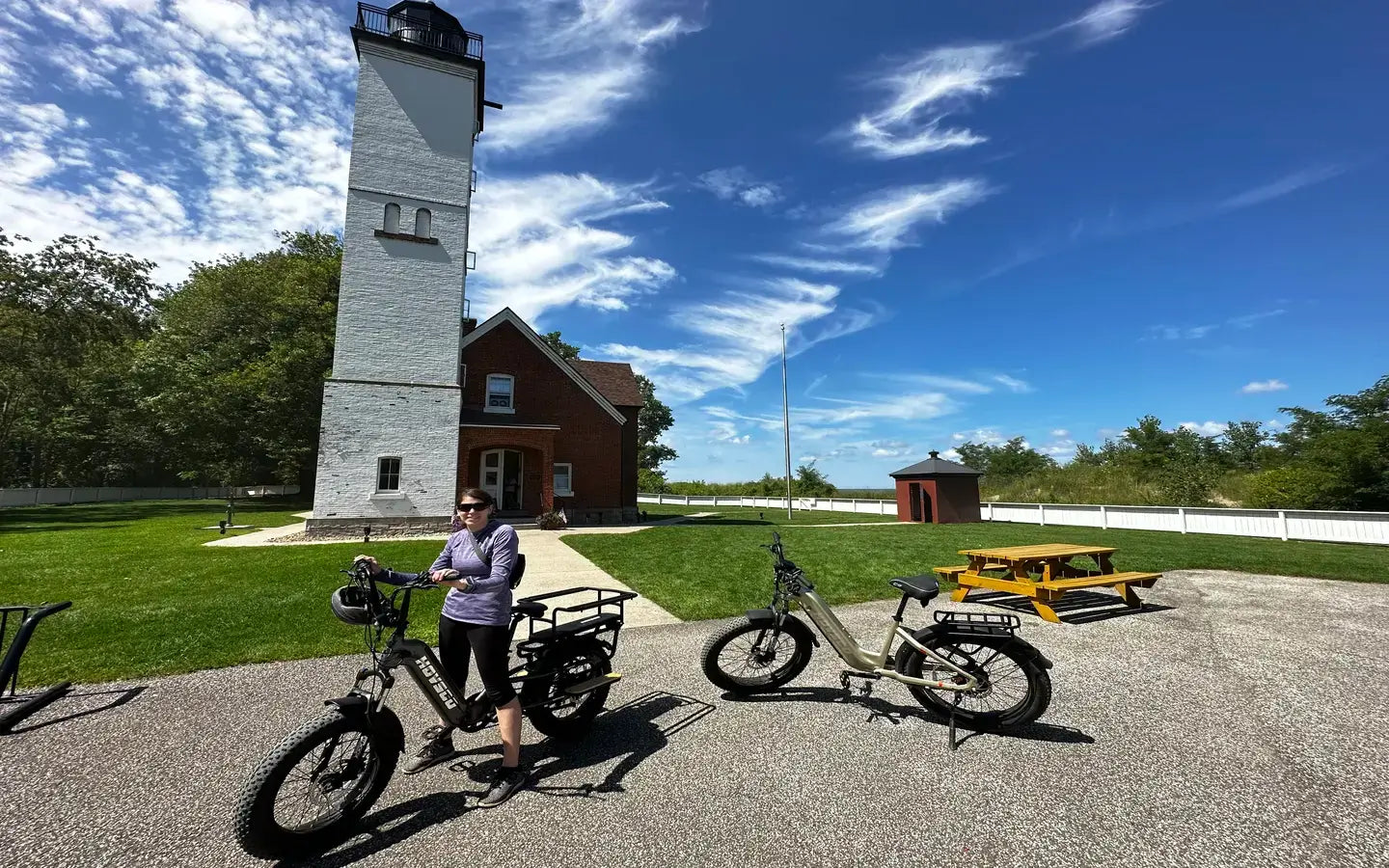
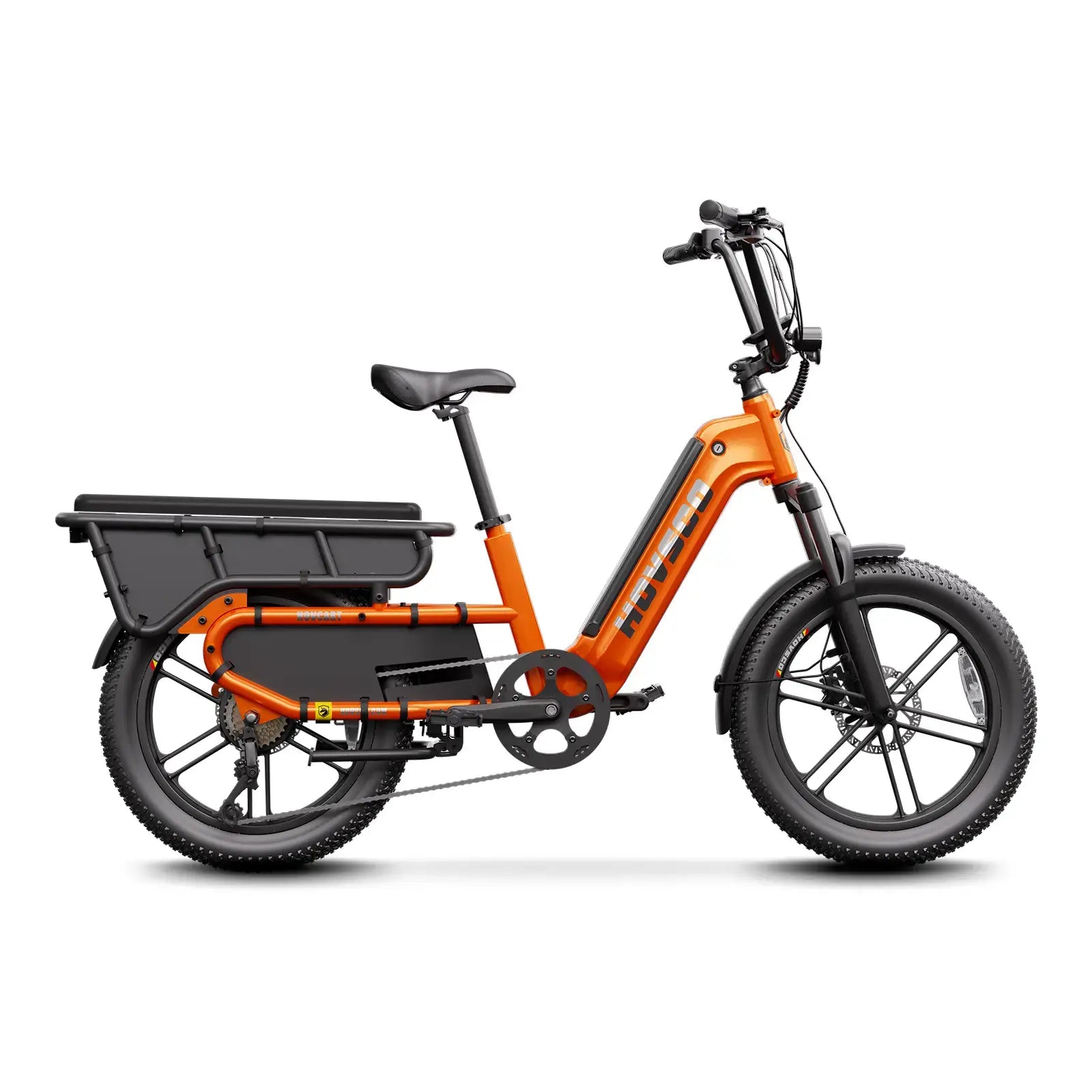
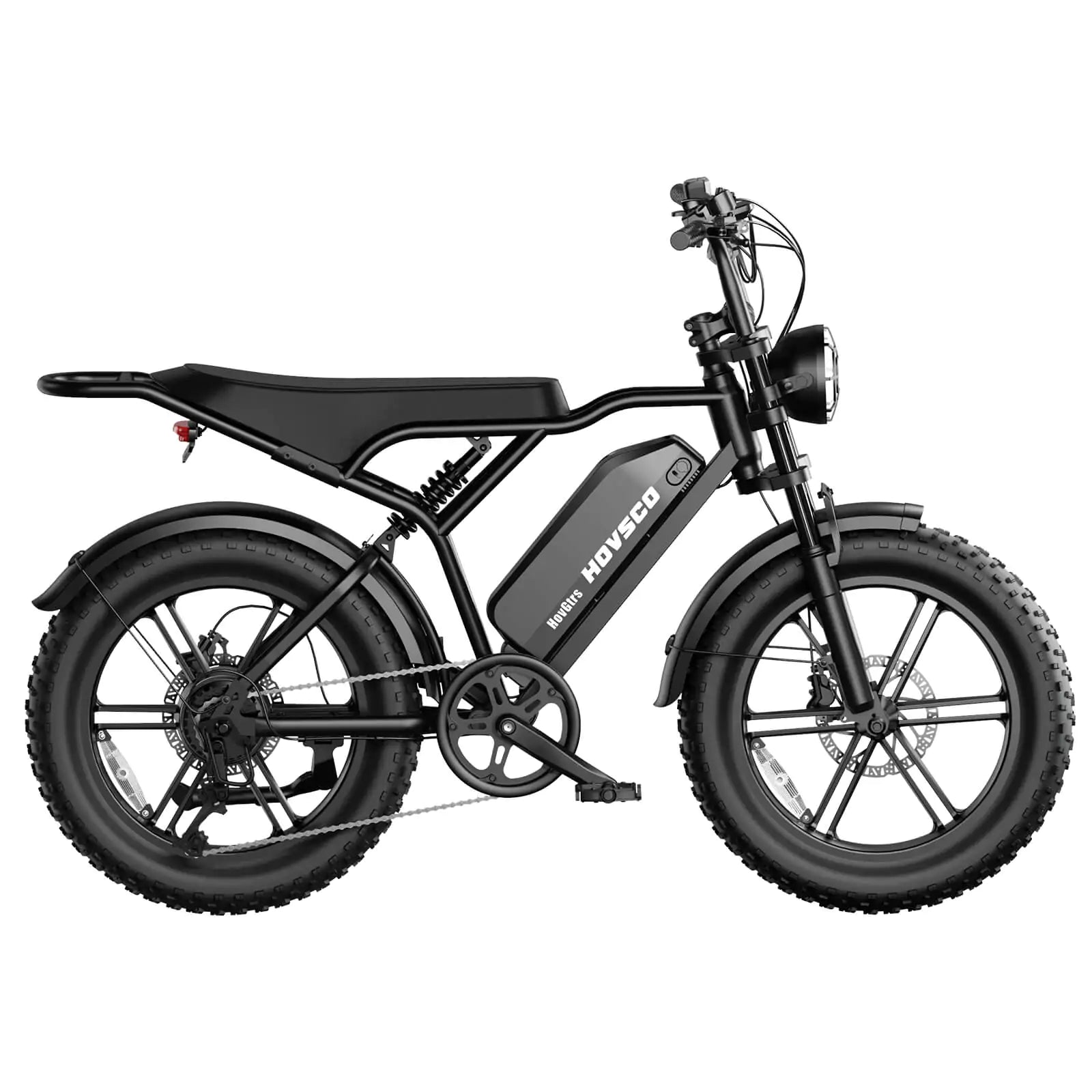
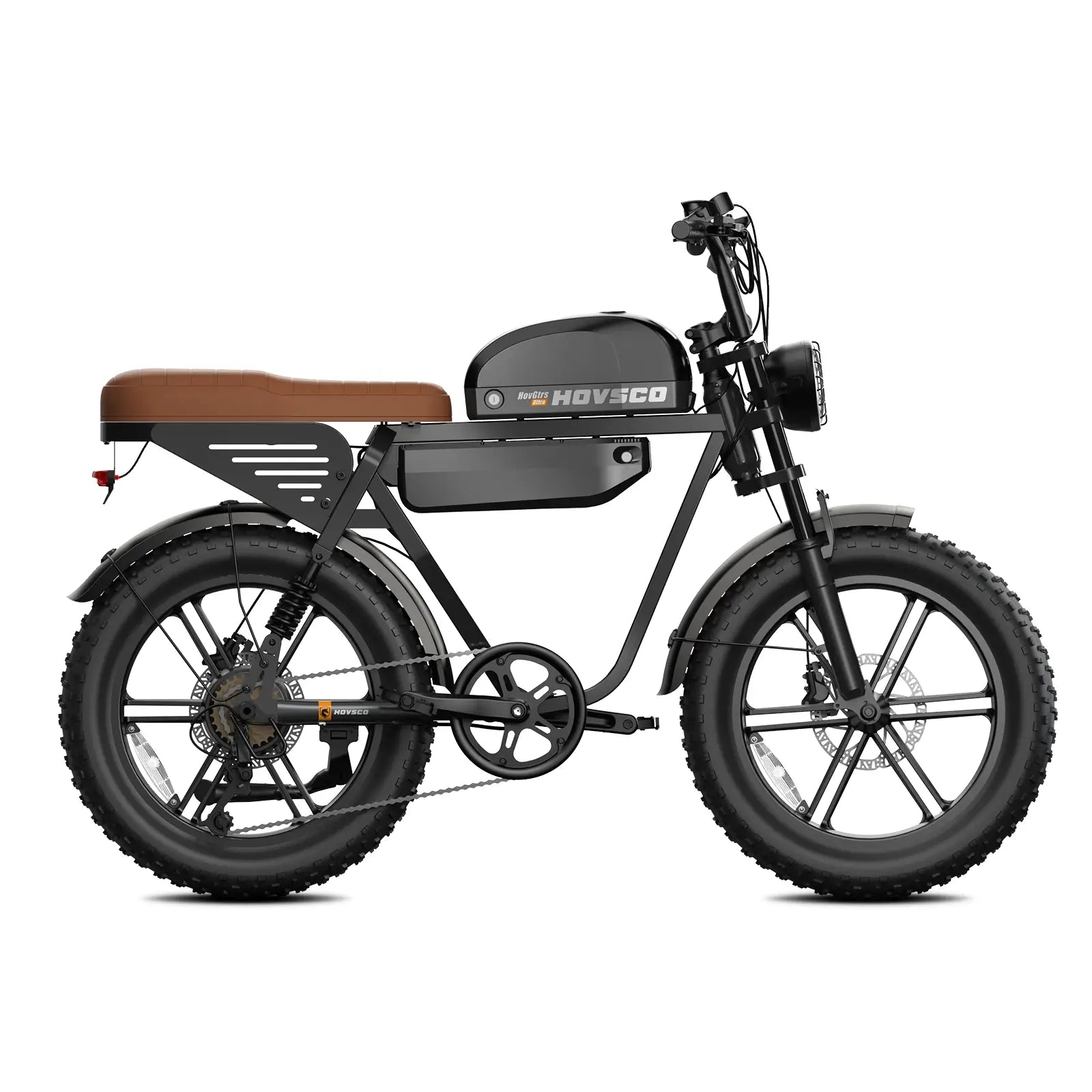
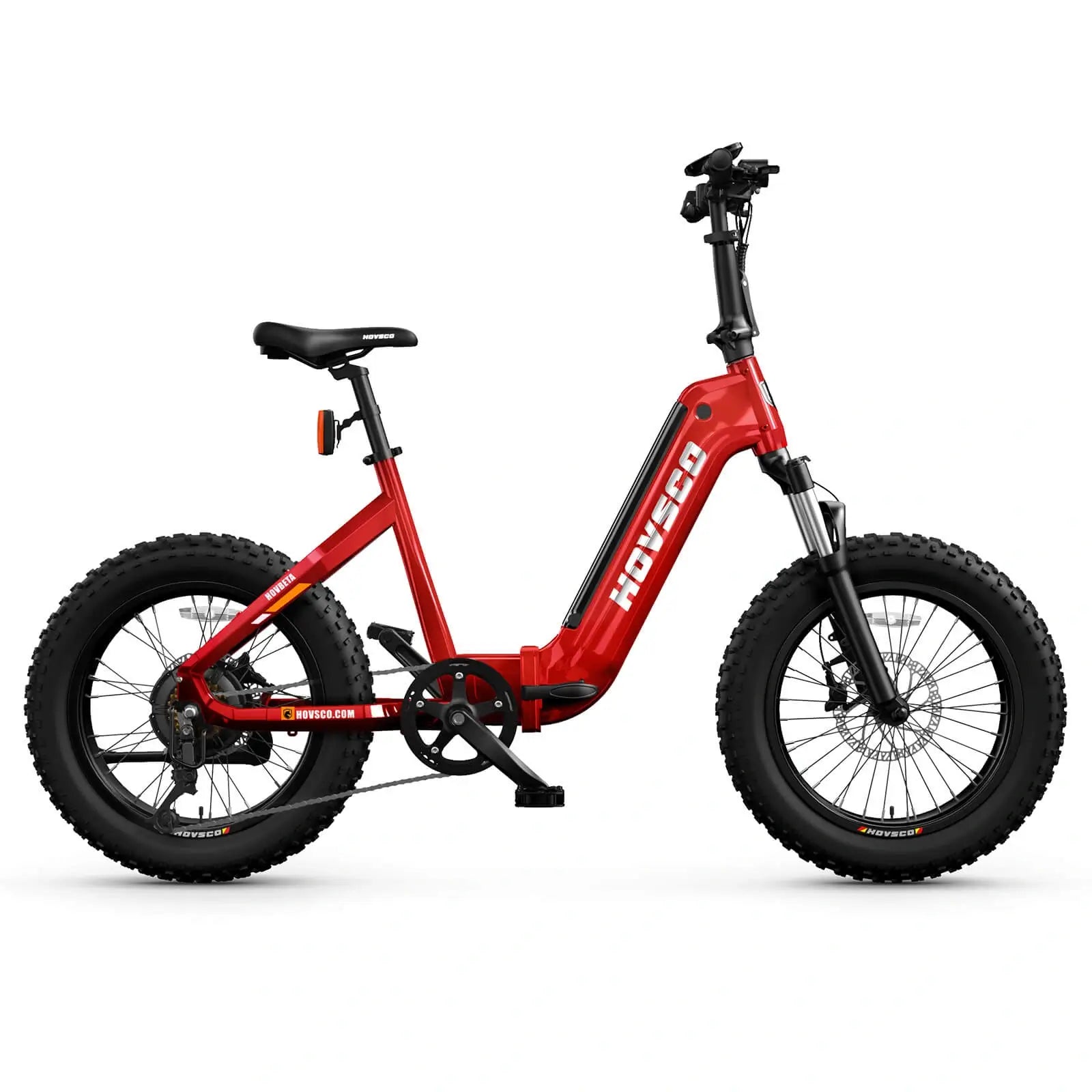
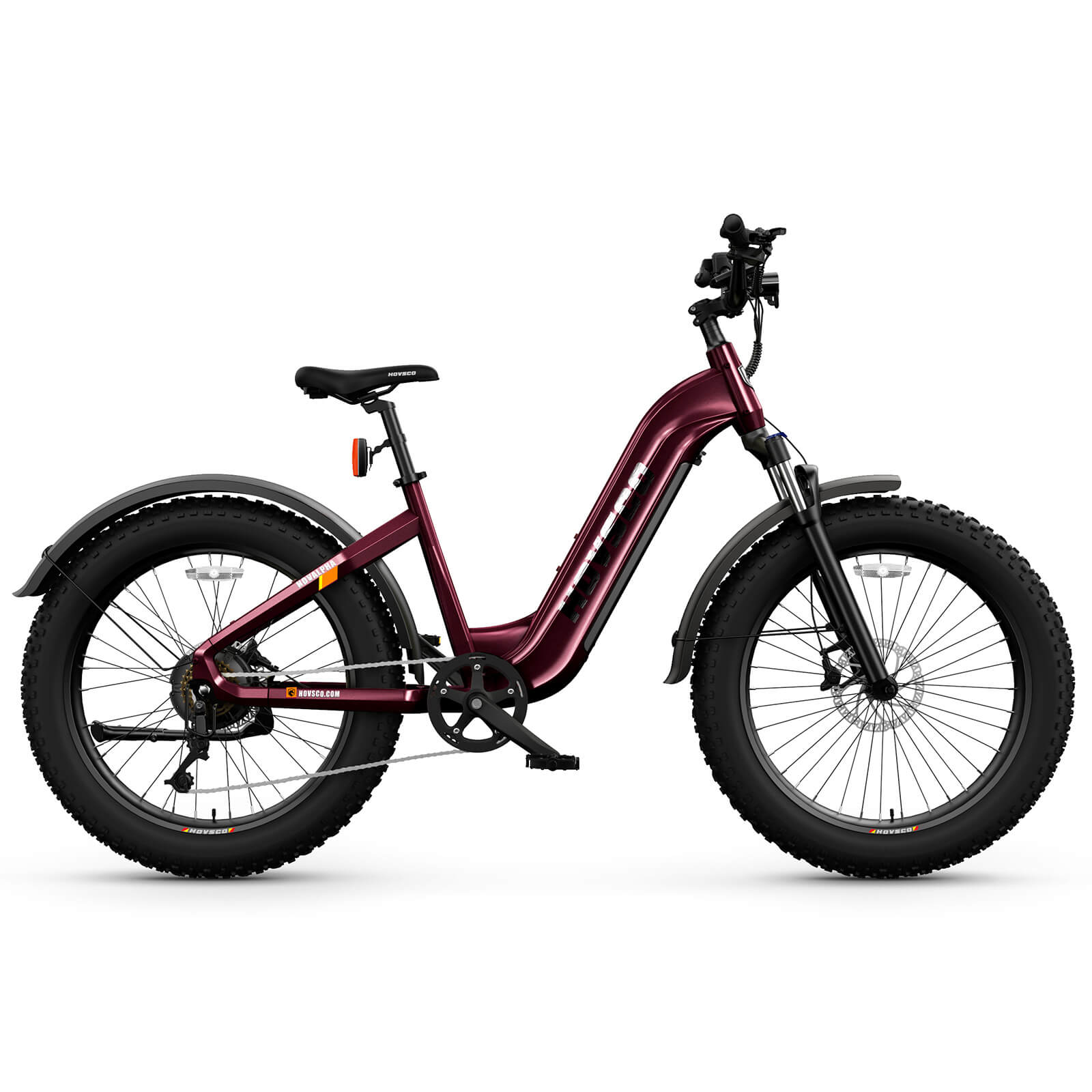
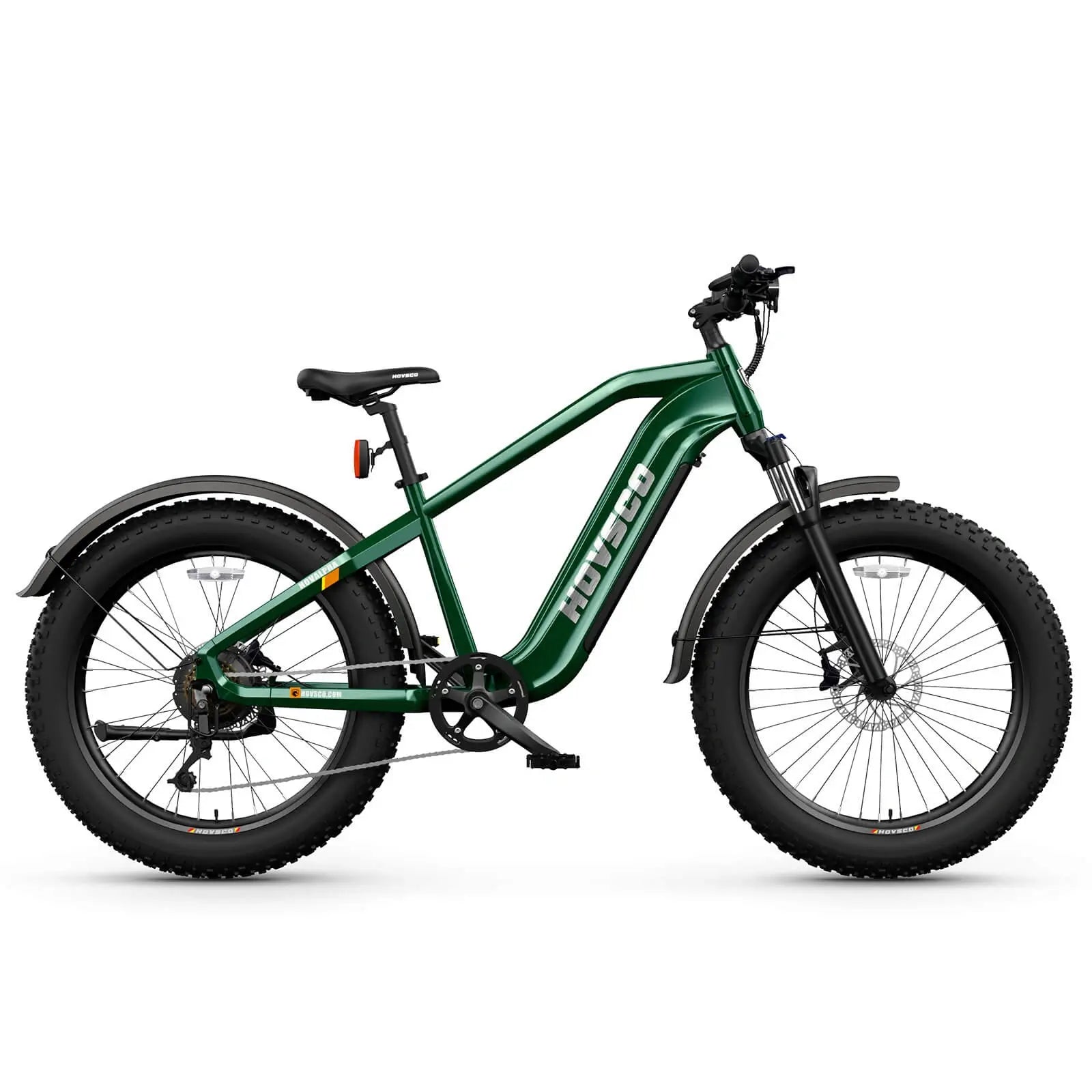
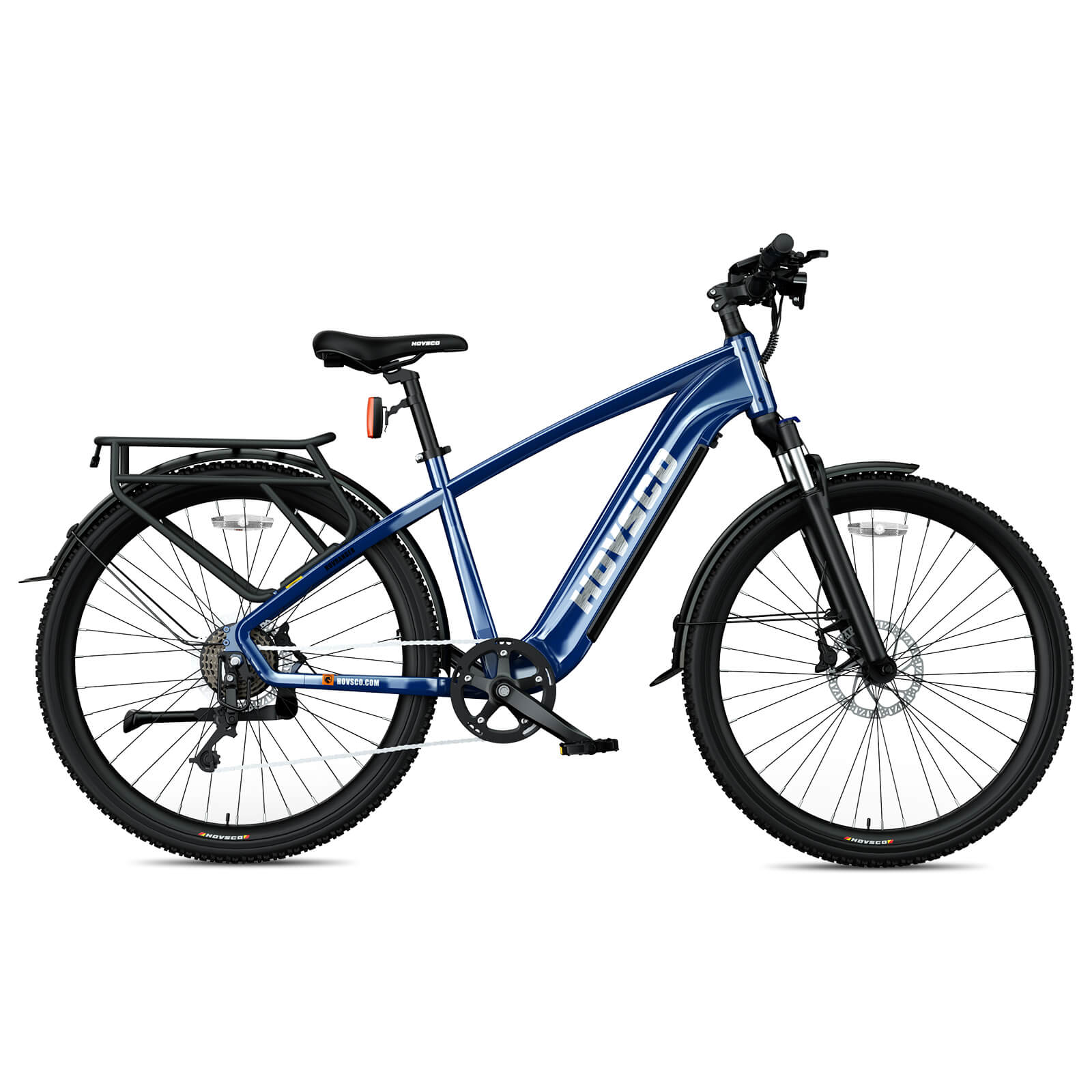
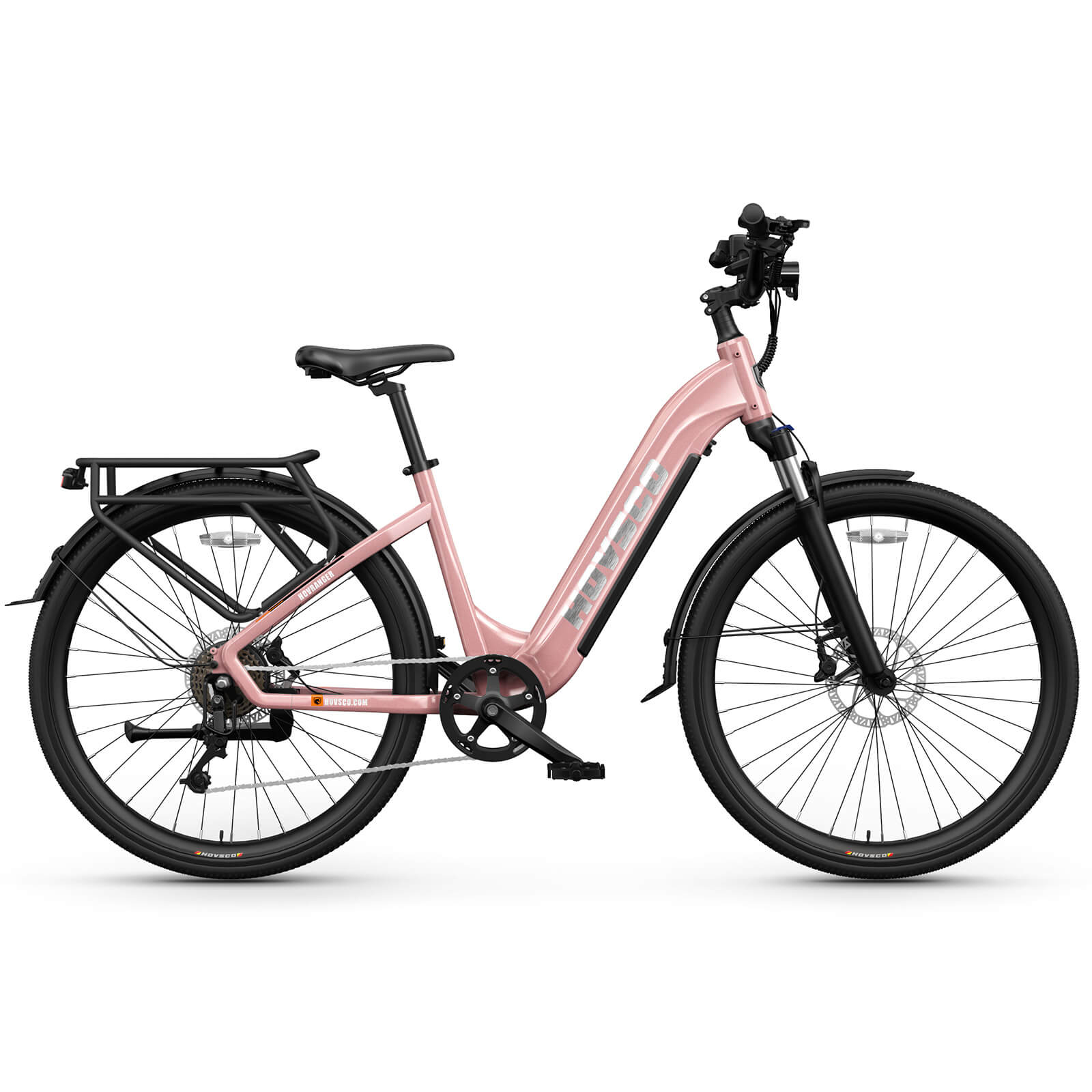
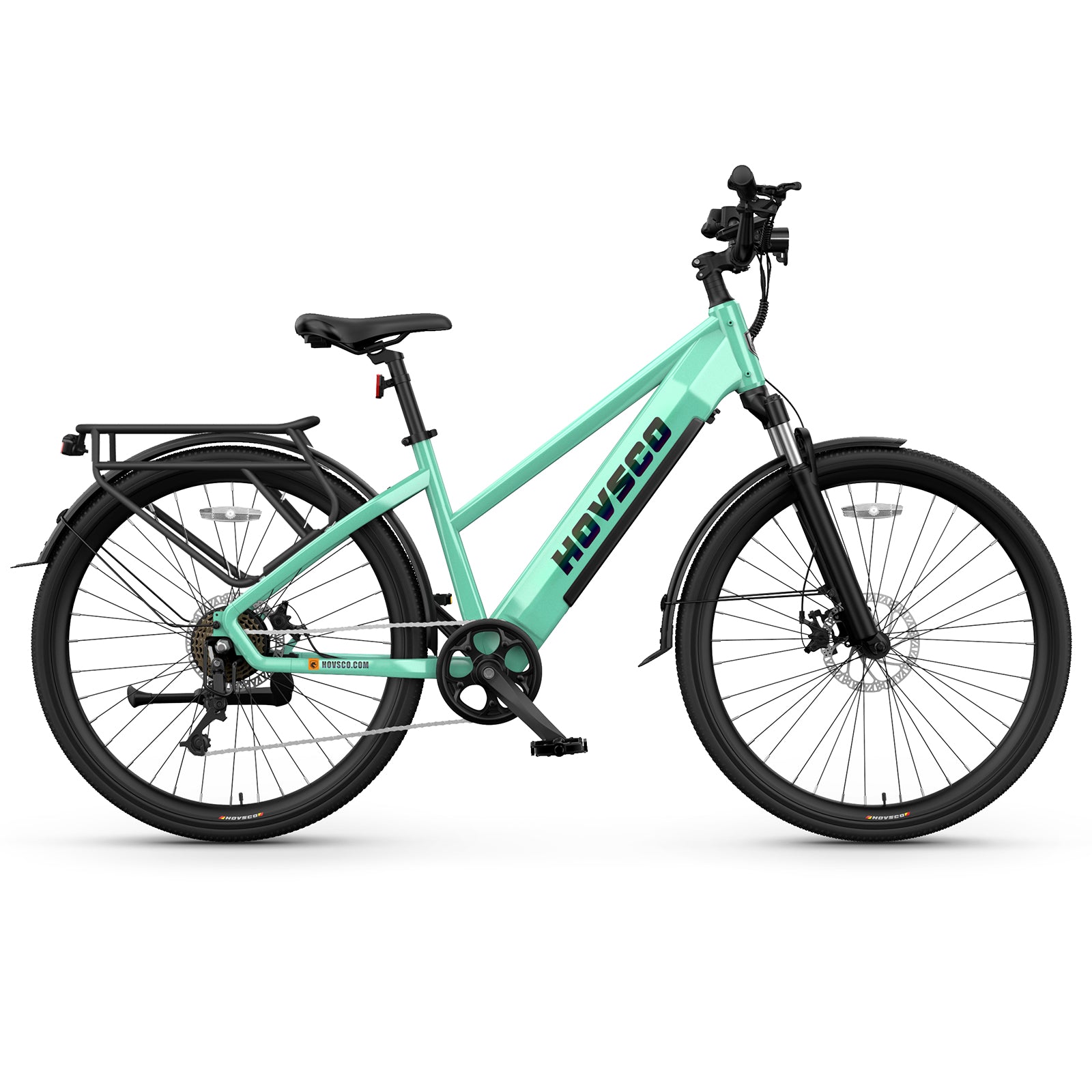
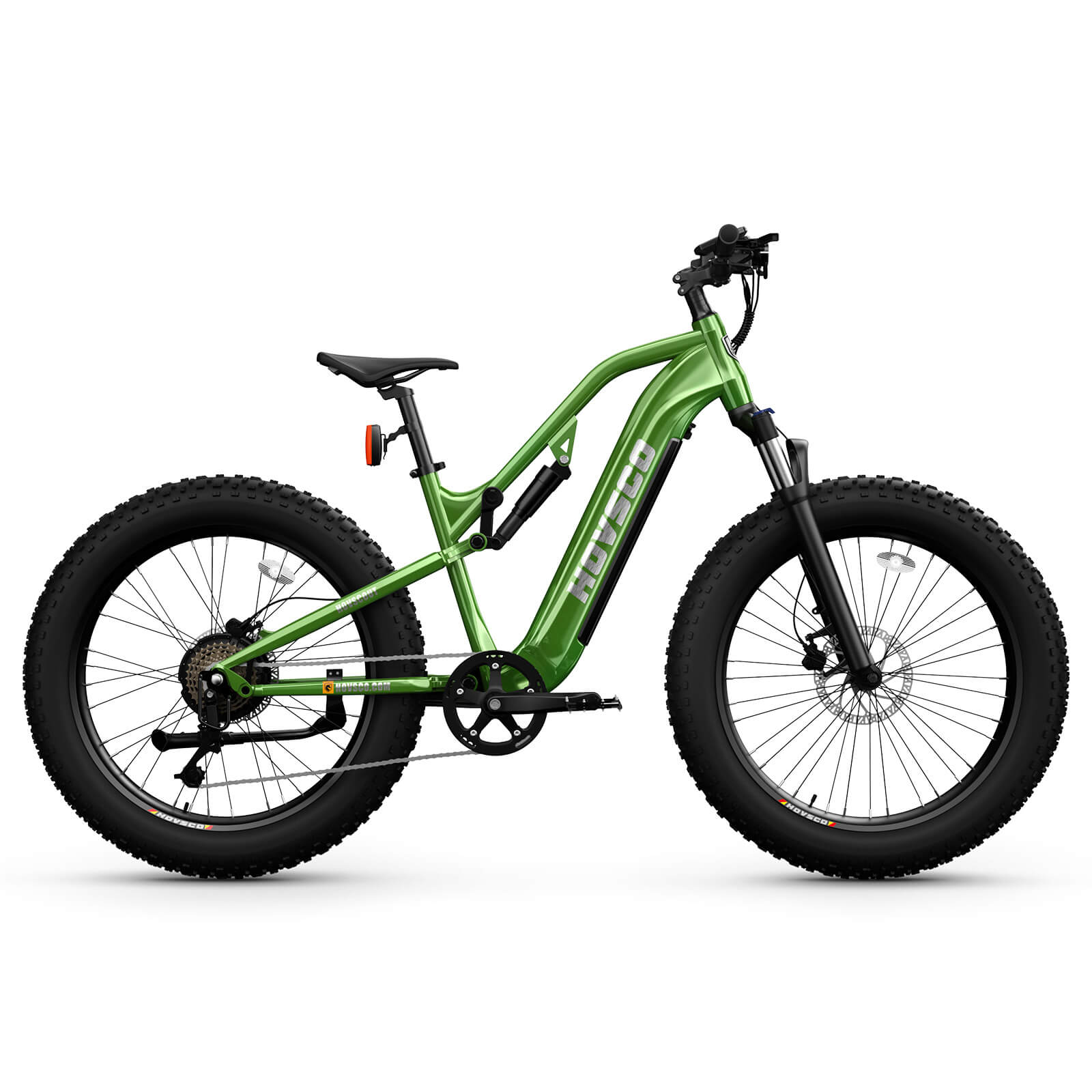
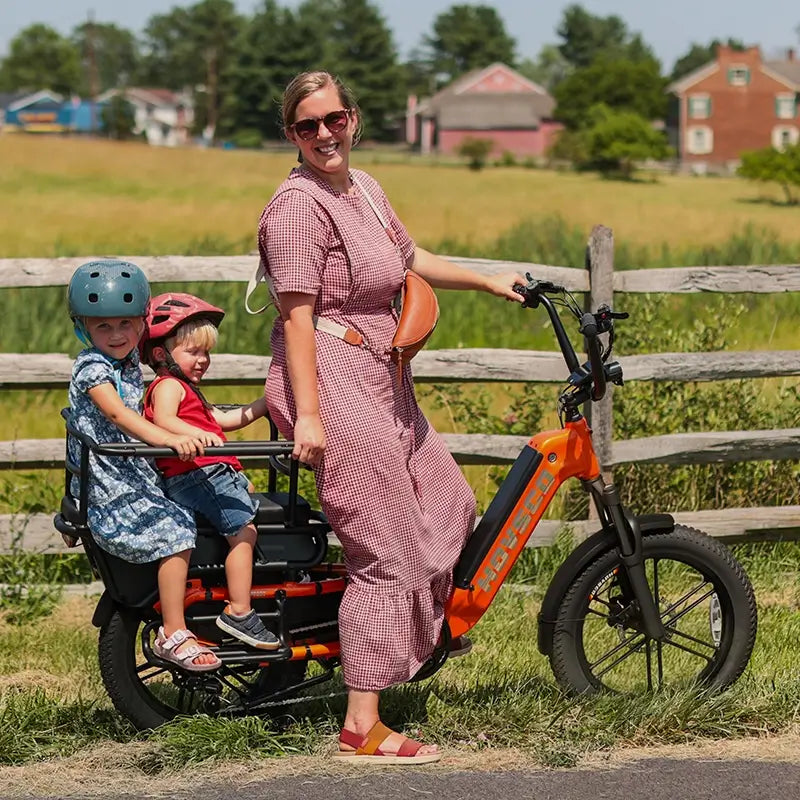
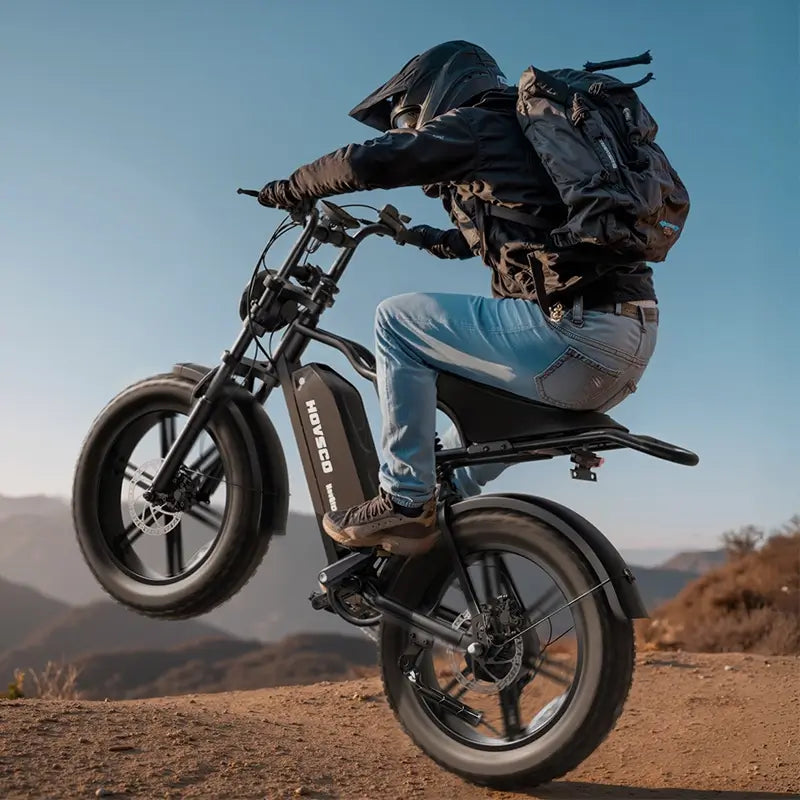
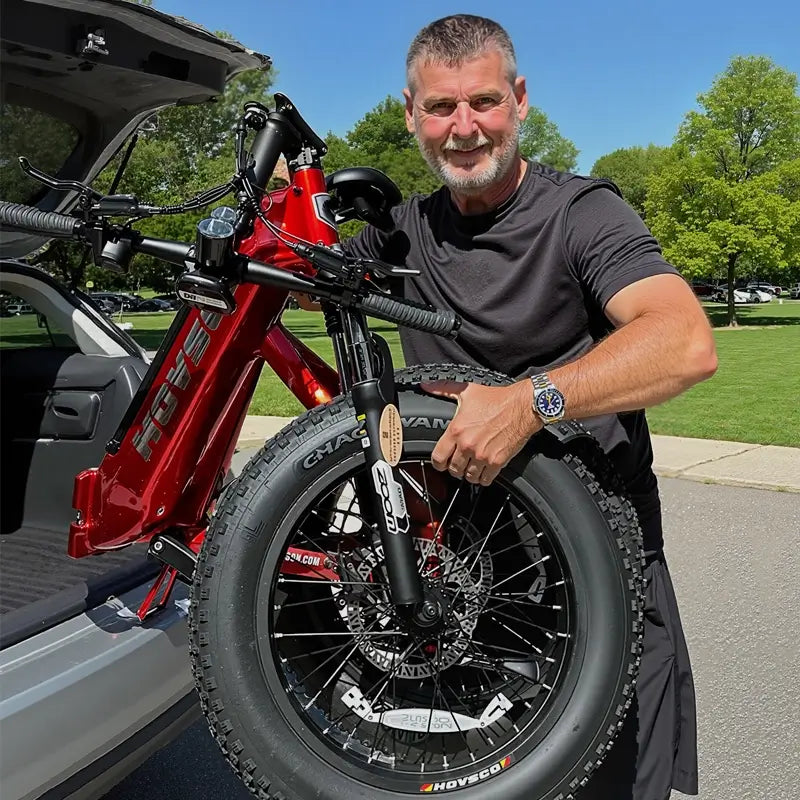
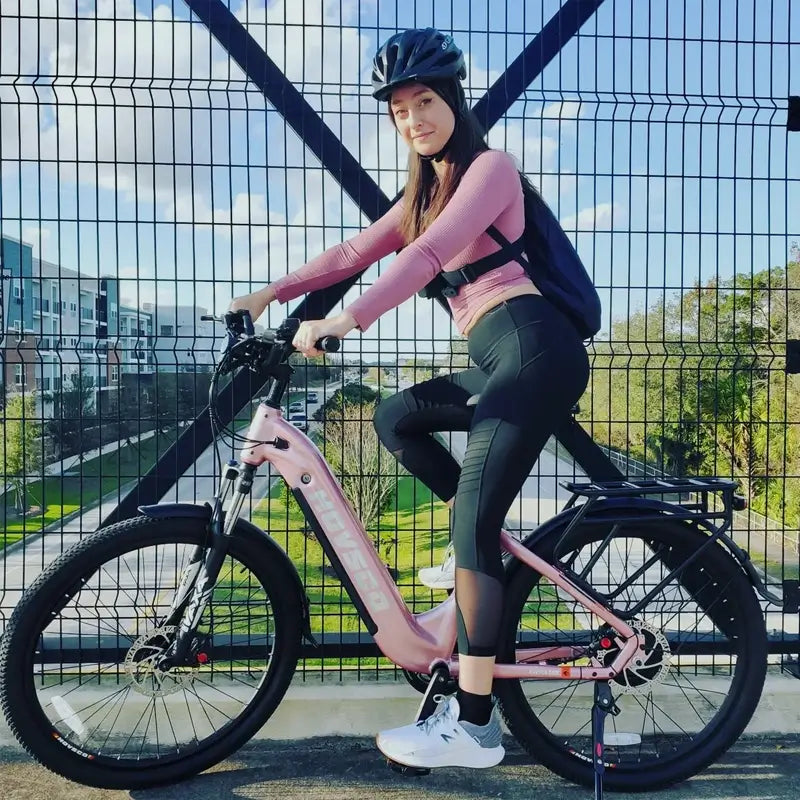
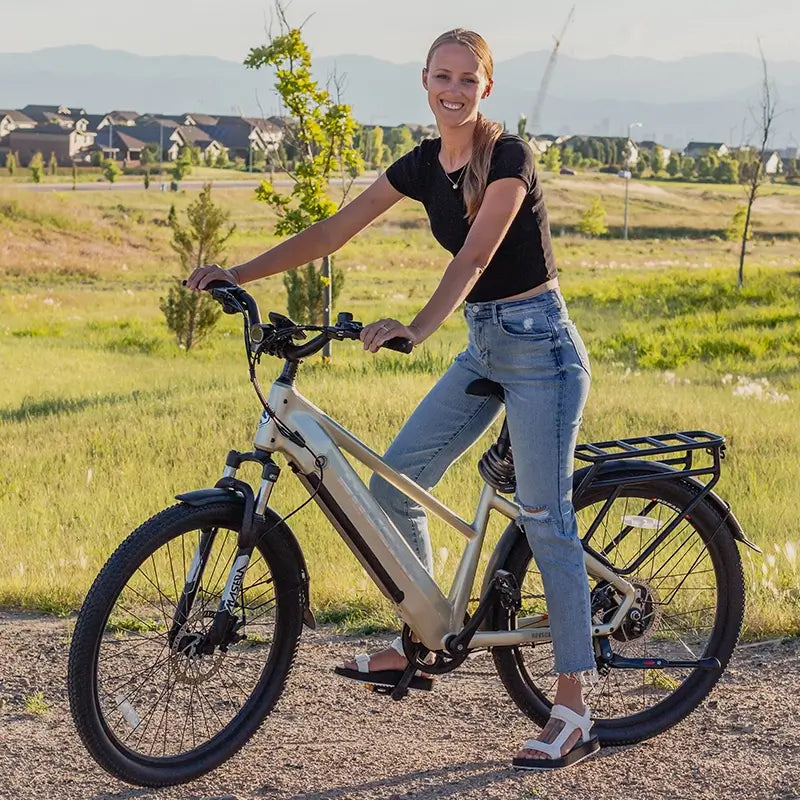

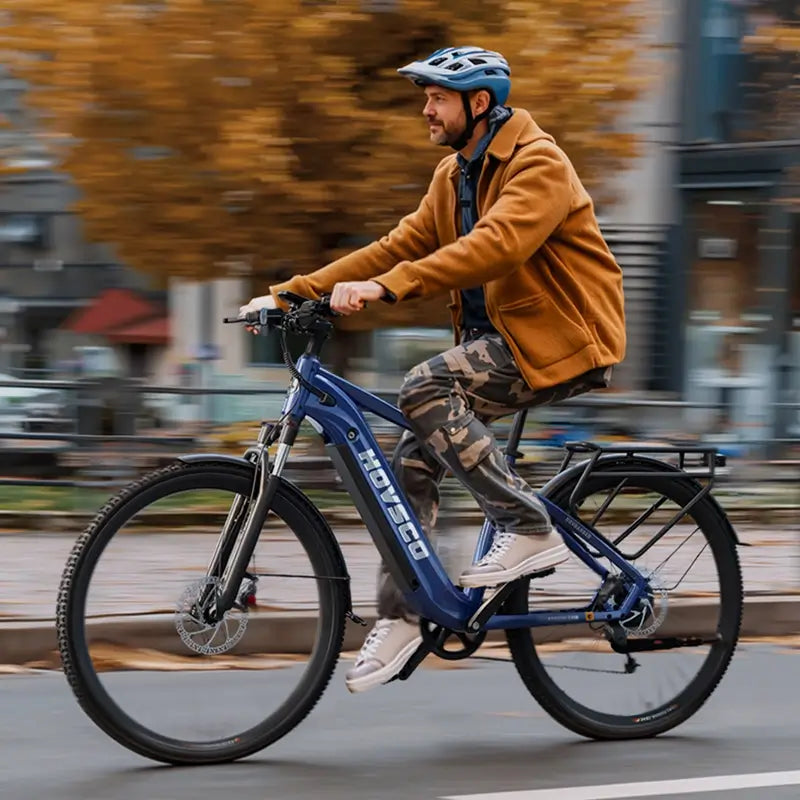
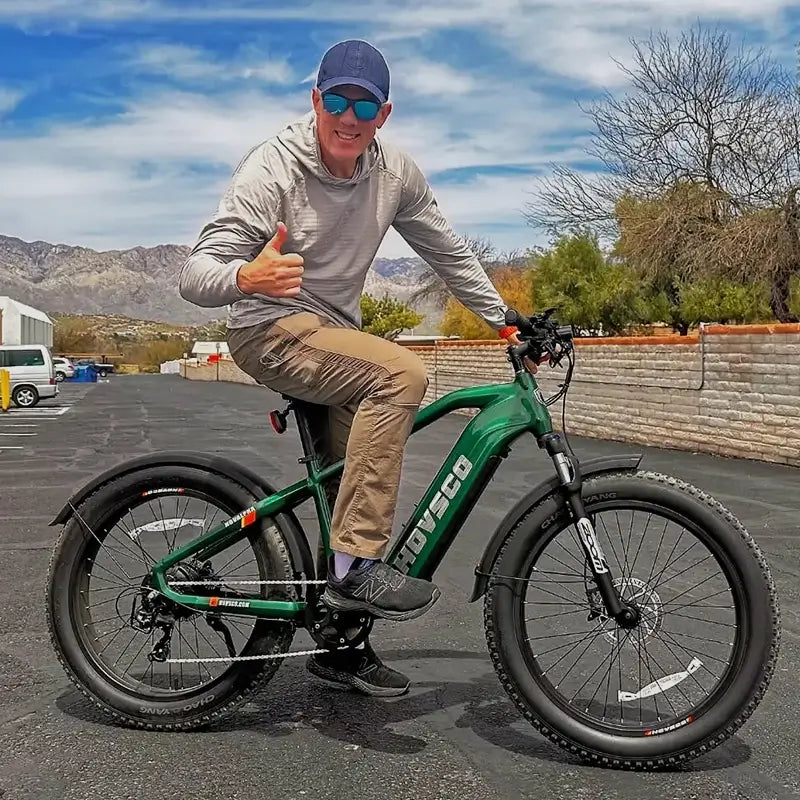
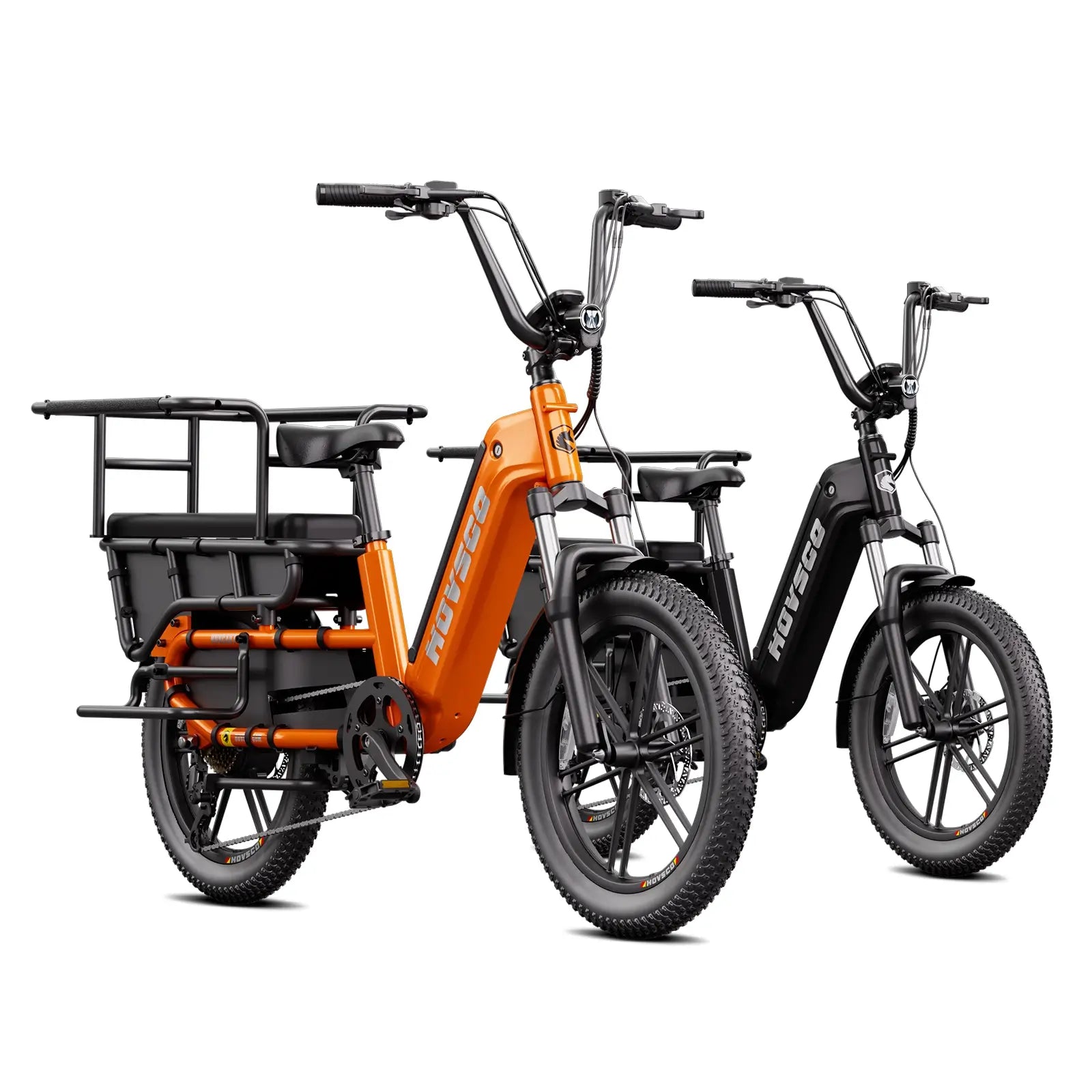
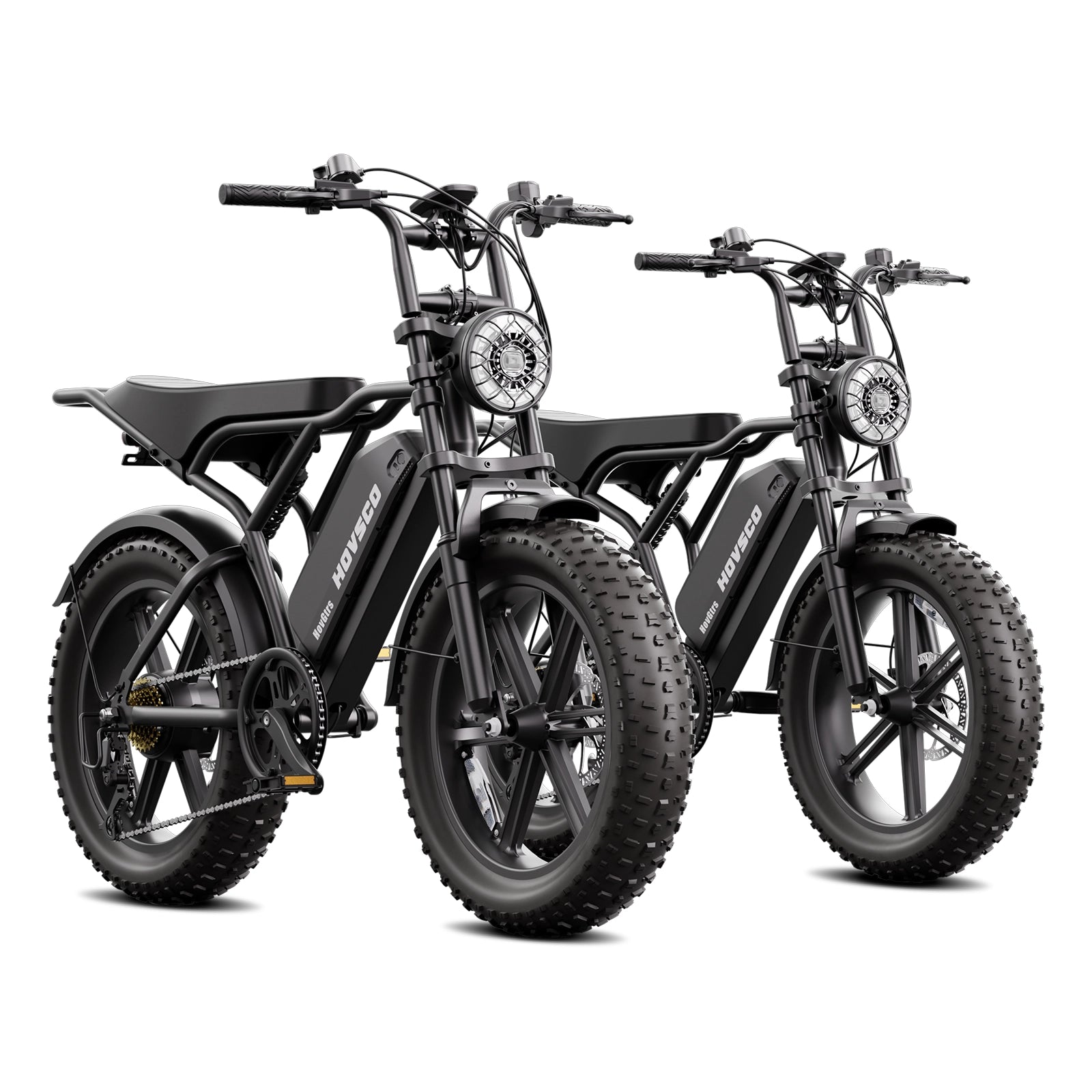
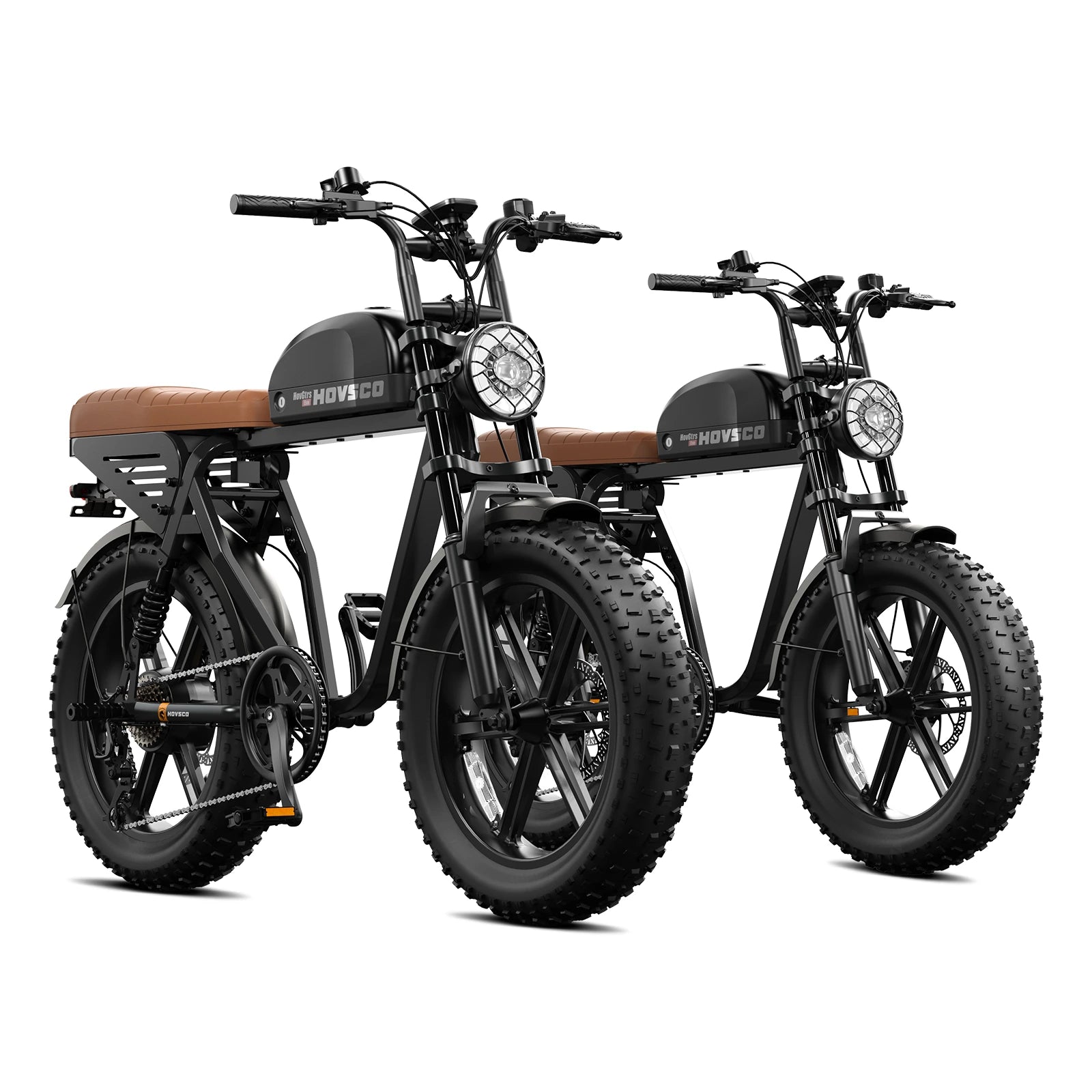
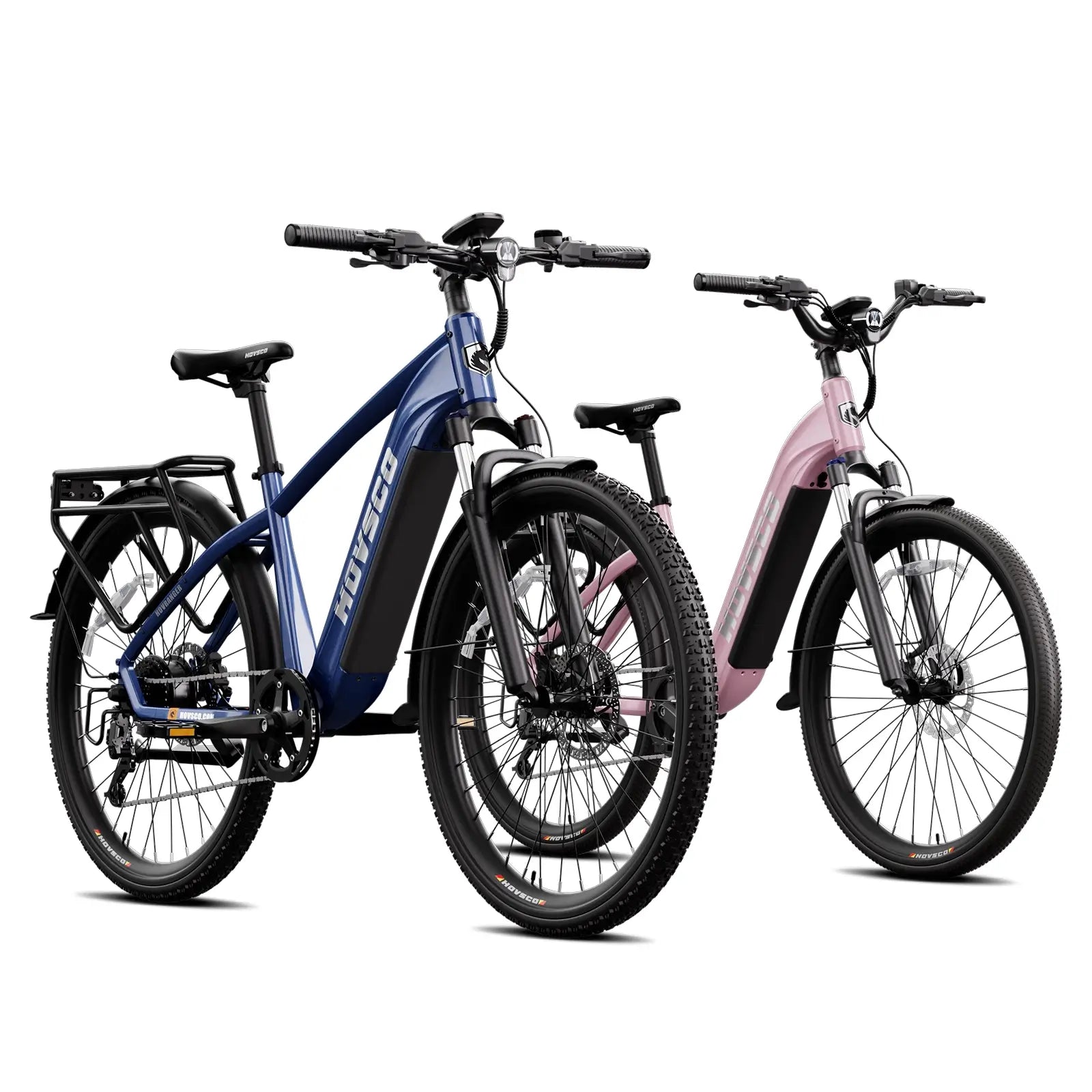
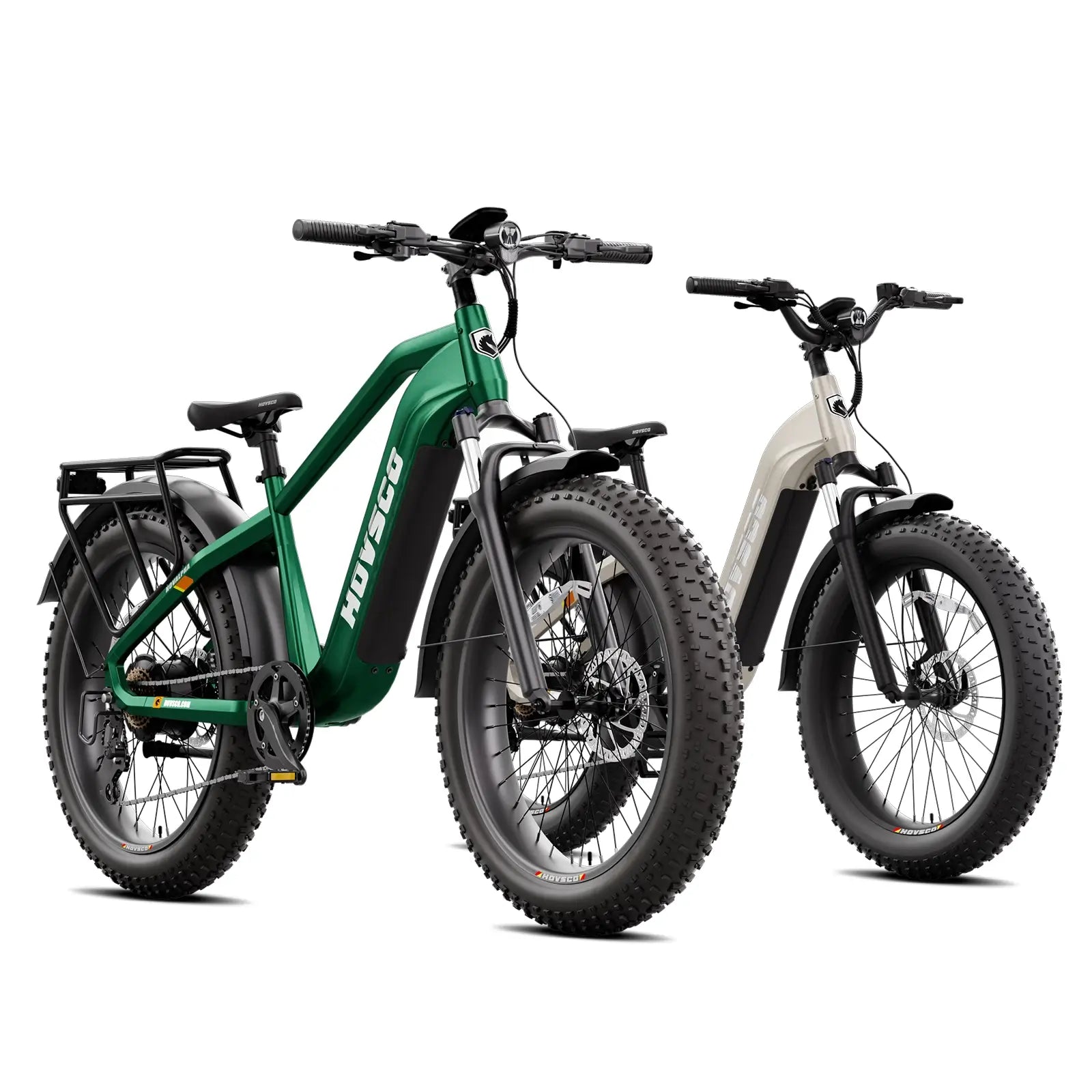
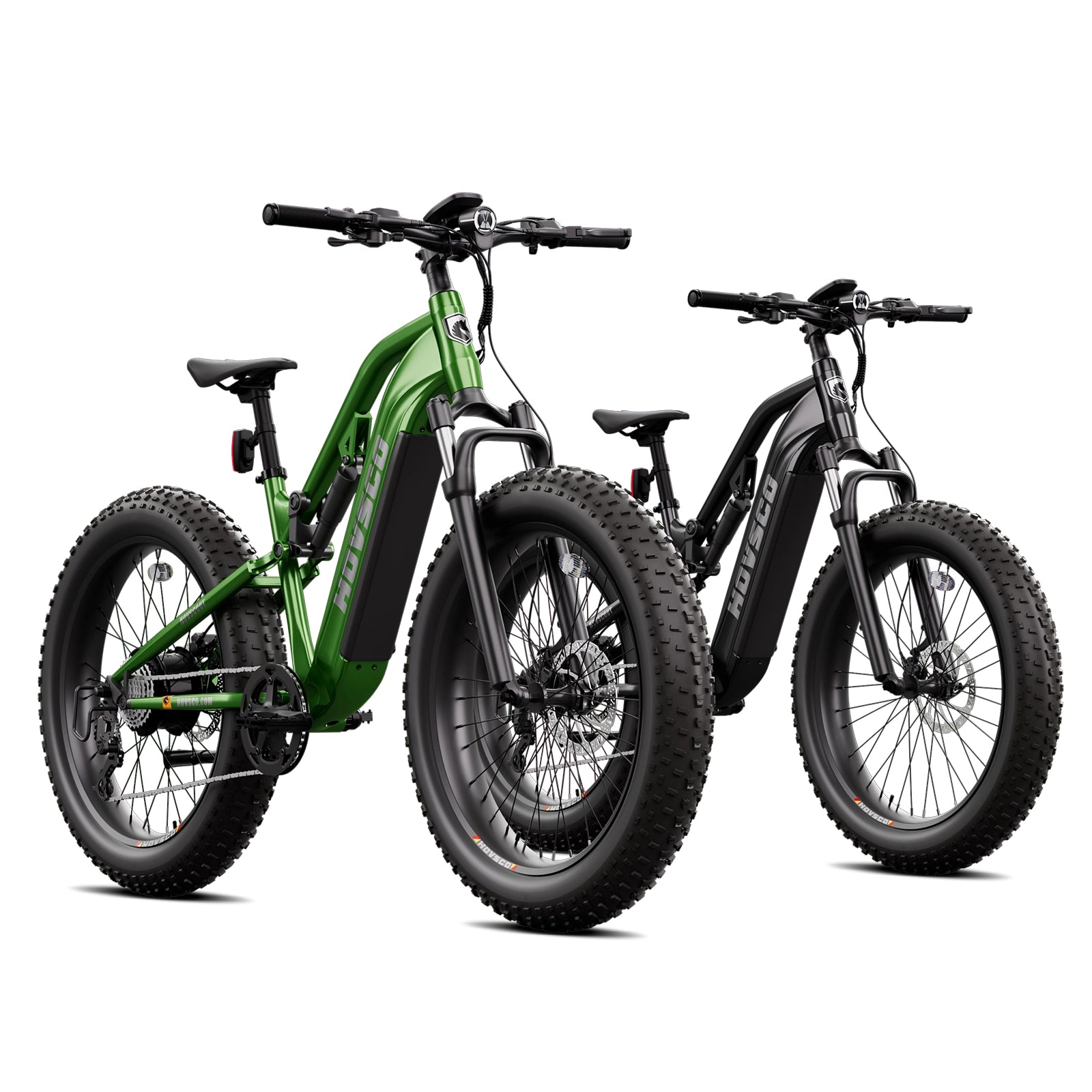
Share:
Why Choose Electric Motorcycles? Benefits, Models, and Buying Tips
What Are the Best Electric Motorcycles for Adults and How to Choose in 2025?